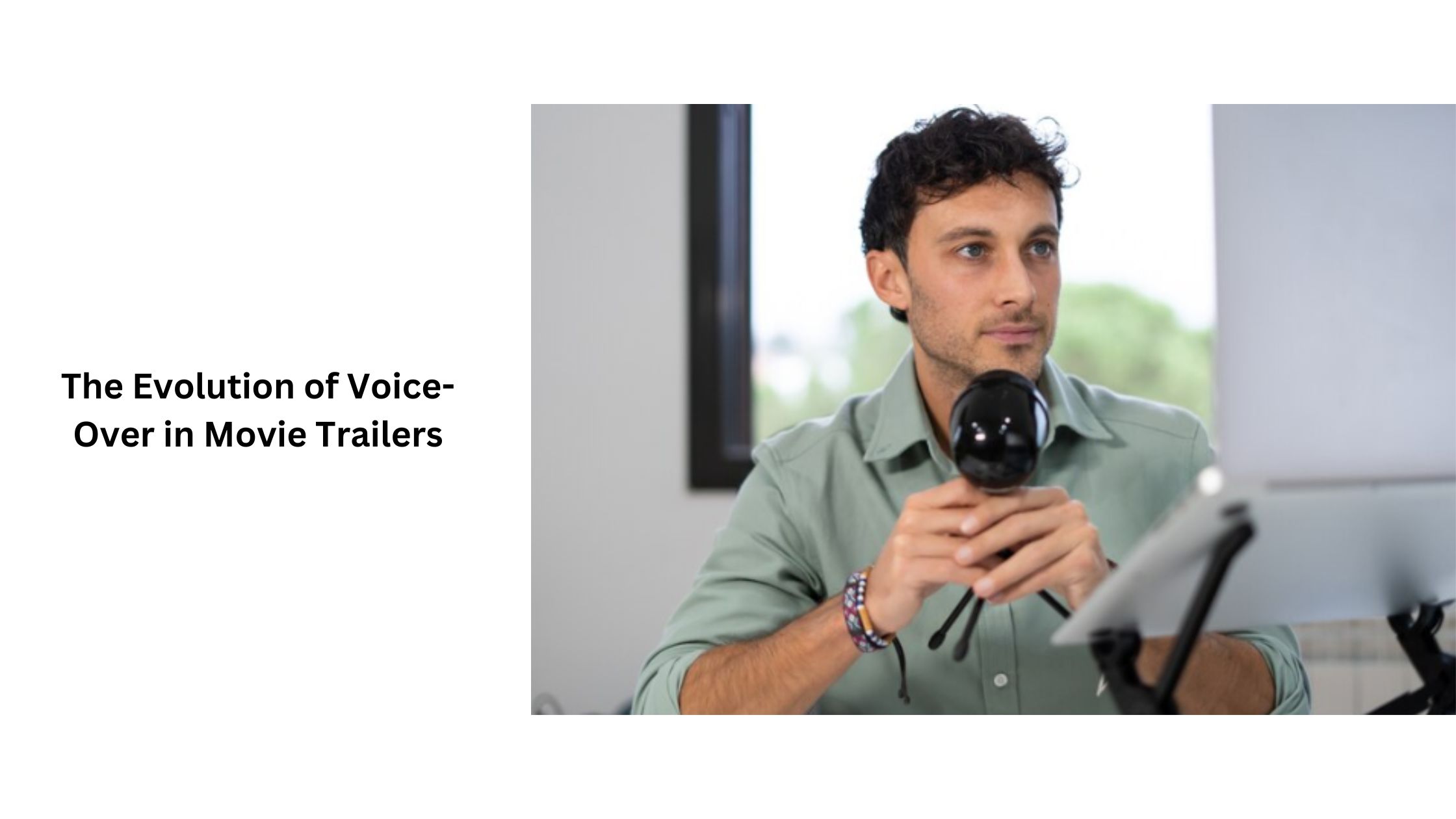Voice-over has long been a critical component of movie trailers, serving as the narrator that guides audiences through the emotional landscape of a film. Over the years, the style and use of voice-over in trailers have evolved dramatically, reflecting broader changes in filmmaking, marketing strategies, and audience preferences. This article explores the evolution of movie trailer voice-over and its impact on the film industry.
The Early Days: The Classic Narrative Style
In the early days of cinema, voice-over in trailers was primarily functional. Narrators would describe the film’s plot, characters, and key themes in a straightforward manner. This classic style was often characterized by deep, resonant voices that conveyed authority and excitement. The goal was to inform rather than evoke emotion, creating a sense of anticipation through informative commentary.
During this era, trailers often employed a formulaic approach, with similar pacing and structure across various films. This predictability worked well for audiences who sought to understand what they were about to watch, but it lacked the creativity that would emerge in later decades.
The Rise of the Dramatic Voice
As filmmaking techniques advanced in the mid-20th century, so too did the use of voice-over in trailers. The 1970s and 1980s marked a shift towards a more dramatic style, influenced by the rise of blockbuster films. Voice-over artists began to use more emotive and engaging tones, capturing the essence of the films in a way that resonated with audiences.
Experimentation and Genre-Specific Styles
By the 1990s and early 2000s, the landscape of movie trailers became even more diverse. Filmmakers and marketers began experimenting with different styles and tones, tailoring voice-over delivery to specific genres. Comedic films adopted lighter, more playful voice-over styles, while horror trailers leaned into suspenseful and foreboding tones.
During this time, trailers also started to incorporate sound design and music more prominently, with voice-over serving as a complementary element rather than the main focus. The combination of voice, visuals, and sound created a more immersive experience, allowing audiences to feel the film’s mood and energy.
The Rise of the Informal and Conversational Tone
In recent years, there has been a noticeable shift towards a more informal and conversational tone in movie trailer voice-overs. This change reflects the evolving expectations of audiences, particularly younger viewers who prefer authenticity and relatability over grandiose narratives.
Voice-over artists now often adopt a friendly and approachable style, which can create a sense of connection with the audience. This trend is particularly evident in trailers for comedies and dramas, where the aim is to make the audience feel as though they are being spoken to directly rather than being sold a product.
The Impact of Digital Marketing and Social Media
The rise of digital marketing and social media has also influenced the use of voice-over in trailers. With platforms like YouTube, TikTok, and Instagram, the traditional trailer format has evolved. Short, punchy clips featuring engaging voice-overs are designed for quick consumption, capturing attention in a matter of seconds.
This shift has led to the rise of “teaser” trailers, which often utilize a combination of voice-over, visuals, and rapid editing to create excitement. The emphasis is on creating shareable content that resonates with audiences and encourages them to spread the word about upcoming films.
Wrapping up:
The evolution of movie trailer voiceover reflects broader changes in the film industry and audience preferences. From the classic narrative style to the dramatic and emotive tones of the past, and now to the informal and relatable approaches of today, voice-over continues to play a vital role in shaping the way audiences experience trailers. As technology and marketing strategies continue to evolve, we can expect voice-over to adapt, pushing the boundaries of how stories are told and experienced in the cinematic world.
